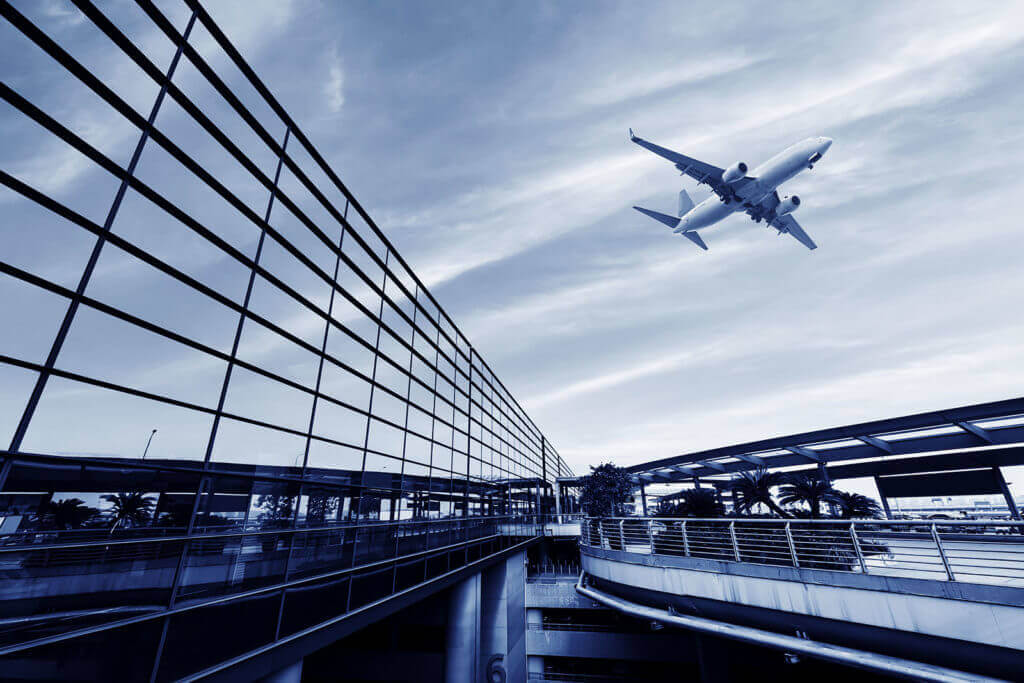
Looking back over the past 10-years, could we have predicted the airline loyalty industry would be where it’s at today?
Could we have predicted that airlines would buy-back loyalty programs they once had sold to third parties?
Could we have predicted that United Airlines would stop rewarding members based on distance? Okay, yes, we probably could have predicted these.
However, it’s fair to say that airline loyalty is moving faster than ever before. More programs are making micro adjustments rather than waiting for the ’10 year refresh’. Programs are launching new partnerships, new redemptions, the increased utility of the currency – faster than ever.
With the speed some programs are moving at, what will airline loyalty programs look at over the coming 12 months?
Here are my predictions on what we will see in the airline industry in 2020.
1. Airline loyalty programs will acquire new businesses
Cashed up loyalty programs will begin reinvesting their profits back into new business opportunities. New business opportunities that are complementary to the core frequent flyer proposition, and have strong synergies with driving loyalty economics for the airline. We may see airline loyalty programs ‘acquihire’ (buying a company for the purpose of getting the employees to work for the airline) as airlines struggle to attract non-airline talent.
Singapore Airlines has recently invested in App Challenges. Almost every major airline in the world has run a hackathon at some point – and the next logical step from getting their feet wet in the hackathon space, is to seriously look at startups, and upstarts that can open up new revenue opportunities, and help the airline turbo-charge the loyalty business.
Summary: In 2020, we’ll see strategic moves by some airline loyalty programs to invest or buy new businesses.
2. Low-cost airlines will fast-track their loyalty efforts
Low-cost airlines never seemed to crack the loyalty code. Easyjet offered paid subscriptions, Jetstar has a paid add-on loyalty upsell into the Qantas program. Scoot has a similar paid-up option into KrisFlyer. Air Asia BIG Loyalty offers no airline benefits at all to its top tier frequent flyers. Given the variety of loyalty offerings by low-cost airlines – it’s clear there is no blueprint for success, as there is with traditional legacy carrier loyalty programs.
As traditional airline loyalty programs become more sophisticated and transform from ‘marketing programs’ into ‘data-driven marketing engines’, we’ll see low-cost airlines embrace the competitive nature that a strong loyalty proposition can deliver to an airline.
In fact, I think in many ways, low-cost airlines can have a more powerful and more profitable loyalty program. Low-cost airlines have different metrics to full-service carriers, and that presents a unique opportunity. Low-cost airlines could recalibrate a loyalty proposition to focus on driving up core objectives like yield, ancillary, and share of wallet. The segment that traditional loyalty programs are losing is the ones low-cost airlines can pick-up relatively easy when they have a decent program in place.
Summary: Low-cost airlines will finally pull their socks up and launch a decent program



